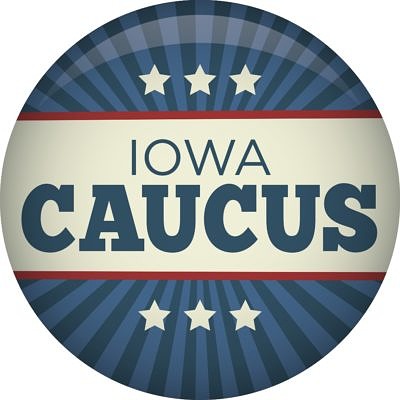An innovation intended to empower Iowans who would otherwise be unable to attend the 2020 Democratic caucuses could dilute the voices of younger or less wealthy people, along with those who do not have a college degree, the latest Iowa poll by Selzer & Co. for the Des Moines Register and Mediacom suggests.
The Iowa Democratic Party’s proposed rules would permit registered Democrats to caucus by phone at one of six times during the week leading up to February 3, 2020. Selzer included a question about “a way to participate on caucus night without being physically present” in a statewide survey of 803 adults, which was in the field between February 10 and 13 (margin of error of plus or minus 3.5 percentage points).
The headline of Brianne Pfannenstiel’s write-up in the Des Moines Register emphasized the good news: “Democrats’ new remote caucus option could expand participation by nearly a third.” Whereas 21 percent of respondents said “they will definitely or probably participate in the 2020 Democratic caucuses,” another 8 percent “initially said they were unlikely to caucus for Democrats in person, but also say they would definitely or probably participate if they had the option to do so remotely.”
As Bleeding Heartland discussed here, the plan has one glaring flaw: no matter how many people choose the “virtual caucus” option, their preferences will determine only 10 percent of the state delegates. The concept was to give presidential campaigns an incentive to turn supporters out for the in-person caucuses.
But the likely result will be to diminish the influence of certain groups, who are already under-represented in circles of power.
Pfannenstiel noted that people attracted to the new option “differ demographically from those who say they will show up at their precinct caucuses.”
Age: Those who are younger than 35 account for 30 percent of the total number of people who say they would caucus in person, but account for 40 percent of those who say they would caucus virtually.
Income: Those with a household income of less than $50,000 account for 31 percent of likely in-person caucusgoers but 48 percent of likely remote participants.
Education: Forty-two percent of the likely in-person attendees have college degrees compared with 34 percent of potential remote participants. Remote participation is more attractive to those with no more than a high school education — they make up 34 percent of those who say they are likely to participate by phone but 19 percent of those who said they would show up on caucus night.
Party identification: Thirty-one percent of those who say they plan to go to a caucus site define themselves as independents, but the share grows to half of those who say they’ll caucus remotely. Republicans make up just 2 percent of those planning to attend in person, but 11 percent of potential remote participants.
The Iowa Democratic Party is accepting public comments on this plan for the next few weeks, and its governing body will vote on the proposal before the rules go to the Democratic National Committee this spring.
State Central Committee members should insist that virtual caucus participants assign delegates in proportion to their numbers. Removing barriers affecting various groups could greatly improve the caucus process, but not if a massive number of Democrats end up selecting only 10 percent of state delegates, while in-person caucus-goers–who tend to be older and wealthier and more likely to have a college degree–punch above their weight.

